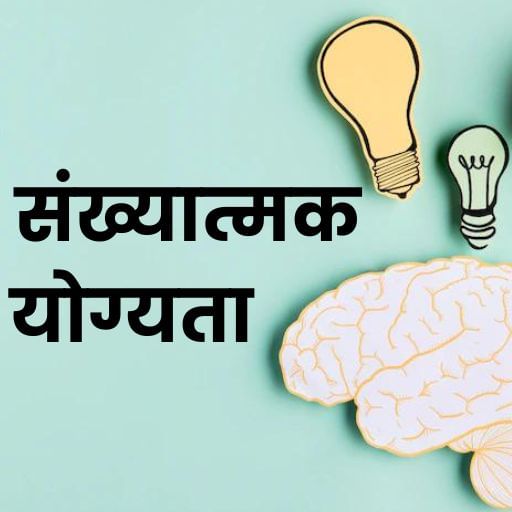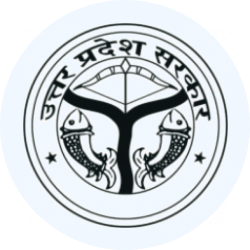Indian Culture and Heritage - Essay, UPSC MAINS | Course for UPPSC Preparation - UPPSC (UP) PDF Download
Indian Culture and Heritage
structure
(1) Opening — Quote Max Muller.
(2) Body — The cultural heritage of India lies in its recognition of sustaining an inner landscape of man.
— Indian architecture embodies the world view.
— There were as many schools of paintings as dynasties or another level, each is the reflector of an impersona-lisation which has been the beginning and is the ultimate goal.
— Music and dance are shaped and formed in the art of creation, live for the moment, the specific duration.
(3) Closing — The government of India has established various Academics for the development of Art and Culture.
At the time like this when chauvinistic tendencies, obscurantism and narrow nationalism has bedimmed the vision of people, made them parochial in their outlook and intolerant of others, when the concept of internationalism is becoming a mere shibboleth, it is refreshing to recall that very eminent foreign scholars and savants have expressed in panegyrical language their admiration of the splendour and glory of ancient India and their unqualified wonder at her imperishable culture and civilization. Max Muller who spent practically his whole life in trying to learn all about the hoary civilization of this great land commented like this: “If I were to look over the whole world to find out the country most richly endowed with all the wealth, power and beauty that nature can bestow—in some parts, a very paradise on earth—I should point to India. If I were asked under what sky the human mind has most fully developed some of its choicest gifts, has most deeply pondered on the greater problems of life, and has found solutions of some of them which will deserve the attention of even of those who have studied Plato and Kant, I should point to India. And if I were to ask myself what literature we have in Europe, we who have been nurtured almost exclusively on the thoughts of Greeks and Romans, and of one Semitic race, the Jewish, may draw that corrective which is most wanted in order to make our inner life more perfect, more comprehensive, more universal, in fact, more truly a human life, not for this life only but a transfigured and eternal life—again I should point to India.”
The cultural heritage of India lies in its recognition of sustaining an inner landscape of man which is the centre and the recognition that expresses itself in an outer landscape of man comprising myriad petals of a lotus flower, whenever, however, the vision may have come, it is clear that had this not been the guiding star of this country, it would not have been possible for it to have a staggering multiplicity of racist trends, language, religions, philosophic systems, social structure and artistic expressions all webbed together in one unique wholeness. This unseen but real Indianness transformed all those who made India their home whether they came as migrants or conquerors, plunderers or rulers. The Indian cultural heritage particularly its poetry, architecture, sculpture, painting, music and dance reflects this vision and evolves methodologies of structure and form through multi-media communication system only once again to evoke this wholeness.
Indian architecture whether the stupas or the temples or the mosques or the city plans or domestic architecture, humble and modest, embodies this world view, the mud walls, the brick and stone, ground or elevation plans are an orchestration of multiple forms flowing out of and flowing into a centre. The ornamentation and decoration, representational or abstract, play their role to an ascending oneness vertically and a closing in and gathering of all energies horizontally from the outer to the inner. Brick by brick, stone by stone, an immense epic poem of the infinite is made. Each detail can be separated but none is autonomous, each unit is the part of the whole, interwoven and interlocked. In its totality, it represents heaven on earth, the central mountain, the Sumeru. Ultimately it is the cosmic order on earth, arousing the dominant mood of wonder (vismaya) and evoking a transcendental experience of bliss, whether the observer, partcipator or pilgrim moves from the outside to the inside or circumbulates the stupa, temple or mosque until he reaches the centre which represents the ultimate void, the Sunya, Nirvana or Moksha. Alternatively, the figurativity ascends the pinnacle whether in the austere simplicity of the spherical dome of the Stupa or the Masjid or through the crowded multiplicity of the temple. Sanchi and Bharahut, the temples of North, South, Western or Eastern India or the mosques speak the same language of transcendence and of heightened experience despite the cultural specifics of each of these monuments. Impersonality and intensity are the twin paradoxical demands of this art which is life bound and beyond it. These monuments bear testimony to the concretisation of this vision through a perfect language of art.
Painting schools and styles ranging from those of Ajanta, Ellora to the Caves of Bagh and Murals of Alchi give further evidence of this avowed faith and commitment to the impersonalised dominant moods (achetype), which have been and are expressed in cultural specifics. At one level there are as many schools of paintings as dynasties or another level, each is the reflector of an impersonalisation which has been the beginning and is the ultimate goal. The characters, heroes and heroines of epic poetry and drama are also archetypes as in the
world of flora, fauna, animal or bird life. A formal language of symbols, signs and motifs conveys universal meaning within and outside cultural boundaries. The inner dynamics of the poetry of Valmiki, Kalidasa or the osometrical shapes of Islamic calligraphy are comparable. Again, the abstract and the concrete move together. Indian poetry transforms the notion of ecological balance into the current rhythm of the seasons; plants, animal, human, water, earth, fire, sky are again in dialogue. The passage of annual time, the seasons acquire deep meaning and so spring, summer, autumn and winter valid for themselves and in what they convey beyond themselves.
These are the more permanent arts, frozen at a moment of time for posterity. What about the occurrent arts, those of music and dance, the oral recitations and the dramatic experience. They are shaped and formed in the art of creation, live for the moment, the specific duration. Now instead of time being frozen in consecrated space, space is consecrated in time of fixed duration. The beginning and end of the performance in sound or movement is a consecration when the cosmos is made anew for that duration. It is complete and whole whether of five minutes or two hours or five days enactment. The beginning is the same, the still centre, the immutable invariable inwardness, the fixed note of the scale or the stances of the dancer. Thereupon is an enlargement in expending concentric circles of the cosmos whether through one or three octaves, the exploration of space in all its variety of shares of tonality microunits of sounds, light, shade, stresses, accents, and discriminating exclusion of particular notes. The edifice is built with sound, it is architectonic in character.
Through a beautiful and complete language of movement, Indian dance provides the most concrete manifestation of the inner state and vision. The dance like poetry, music and sculpture, seeks to communicate universal, impersonal emotion and through the very medium of the human form, it transcends the physical plane, in its technique, it employs the technique of all arts and it is impossible to comprehend the architectonic structure of this form without being aware of the complex techniques of the other arts which it constantly and faithfully employs and synthesises. The themes which the Indian dancer portrays are not only the raw material of literature, but are also the finished products of literary creation, the music which seems to accompany the dance is actually the life breath of its structure, and indeed, dance interprets in movement what music interprets in sound, the postures and the stances it attains are the posses which the sculptor models. All these the dancer imbues with a living spirit of movement in a composition of form which is both sensuous and spiritual.
For the enrichment of the splendid cultural heritage, the Government of India has established various Academies for the development of Art and Culture. These include the Sahitya Akademi (or the National Academy of Letters), the Sangeet Natak Akademi (or Academy of Music, Dance and Drama), and the Lalit Kala Akademi (or the Academy of Fine Arts). Since obtaining independence, the attention of the Government has been directed towards the revival of Indian culture and civilization. Festivals of India abroad have spread the awareness of our cultural heritage in dance, song and ballet, and the tradition of the past are now being recollected, resurrected and revered as never before.
|
114 videos|362 docs|105 tests
|
FAQs on Indian Culture and Heritage - Essay, UPSC MAINS - Course for UPPSC Preparation - UPPSC (UP)
| 1. What is the significance of Indian culture and heritage? |  |
| 2. What are some examples of Indian cultural practices? |  |
| 3. How does Indian heritage contribute to tourism? |  |
| 4. How is Indian culture and heritage preserved and promoted? |  |
| 5. What are some challenges faced in the preservation of Indian culture and heritage? |  |




























